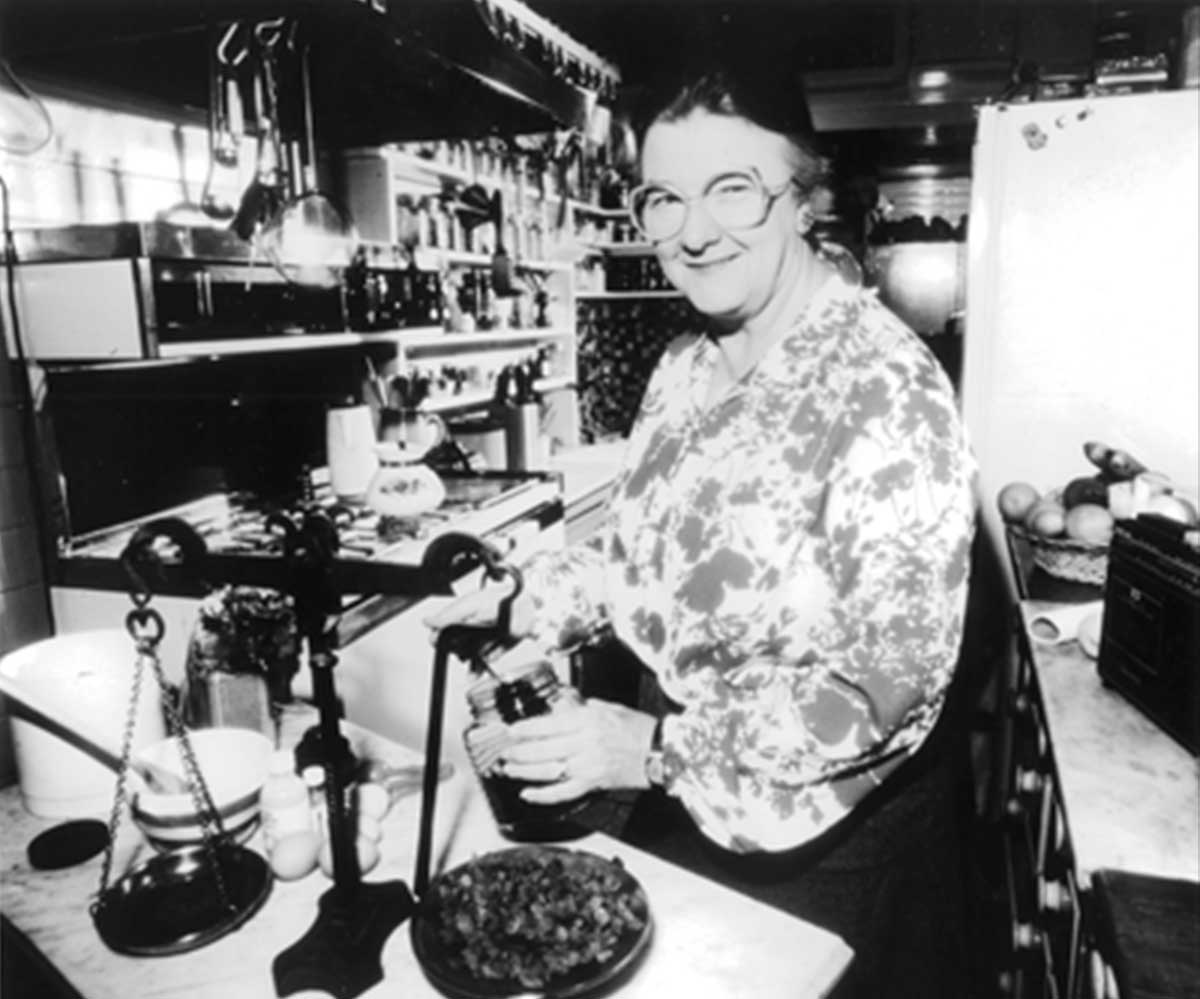She was considered a national treasure for inspiring several generations of Kiwis in the kitchen, thanks to her years as the Weekly‘s food editor.
But what many people didn’t know about Tui Flower, who died last August aged 91, was that her Auckland home was packed full of real treasures, including valuable antiques and Maori artefacts.
Now her family’s incredible collection has been auctioned off to fund a project that Tui carefully planned for many years.

Tui’s protégé Robyn Martin, herself a former long-serving Weekly food editor, says details of the project can’t be released at the moment, but it will greatly benefit others and is something that Tui was very passionate about.
“It was Tui’s wish that her legacy lived on and funds from the sale of her collection will be going to make sure that happens,” says Robyn, who is involved in seeing that Tui’s plans are brought to fruition.
“For many years before she died, whenever I used to visit her, she would say to me, ‘Now you know what I want to happen, don’t you?’ and I’d say, ‘Tui, I know!’ It was something that meant a lot to her. I can’t say much more at the moment, but watch this space!”

The collection is worth many thousands of dollars and comprises thousands of items bought by or given to Tui, her mother Irene Flower and her maternal grandfather William Mincher. An article written about William in 1939 described how “from his infancy, he has yielded to his inborn desire to collect things.”
Items William owned ranged from ivory, cloisonné and Oriental jade through to snuff boxes, bottles and colonial furniture. He had dozens of walking sticks, including one made of jarrah timber that came from the Waitangi home of James Busby, which later became the Treaty House.
It is topped with a band of pounamu (greenstone) and has a silver collar engraved with the words, “This stick is part of the Treaty House wherein the Treaty of Waitangi was signed 1840”.

William also had a stunning collection of Maori artefacts, including many exquisite hei-tiki.
Irene was also a collector who amassed more than 1600 jugs. She put a sticker on the bottom of all her jugs – ranging from fine china through to Toby jugs – noting the date it was bought or gifted to her and where it came from. In some cases, she added interesting details to the stickers, such as the fact that one jug survived the Napier earthquake intact.

Added to that are objects Tui had collected over the years, including many sewing and needlework items – she was a very talented seamstress and embroiderer. The treasures were mostly stored in cabinets in the hallway and living room of a villa in Mt Eden, Auckland, which Tui inherited from her family.
Tui, who didn’t marry until she was 54 and didn’t have any children, bequeathed some personal items to family and friends, but was adamant that the family collection should be sold. Auckland company Cordy’s has been given the job of auctioning off the items, and Andrew Grigg, the director of antiques and art, says in his many years in the business, he’s never seen anything like the contents of Tui’s house.

“I told our receptionist I was going off to do an appraisal of a house and I would be back in about an hour or so,” he recalls. “I was there for two days and I came back to work buzzing.
“When I saw all the jugs in cabinets in the hallway, I was amazed by the extent of what was there. Then I went into the formal lounge and that was like entering another world. There were cabinets everywhere full of so many treasures. Just being able to handle many of these things is an absolute privilege.”
Rachel Ronaldson, who is Tui’s first cousin once removed, says Tui was very knowledgeable about what had been left to her by her mother and grandfather.
She wasn’t at all boastful when it came to the collection but would talk to visitors about particular pieces if they showed an interest. Children were sometimes given peeks of some of the objects.
“I wish I had asked her to tell me more about the stories behind everything,” admits Rachel. “She knew the details about every single piece.”

Robyn says her mentor and close friend was happy to be the custodian of the collection, but would be pleased to see them going to new owners who will cherish them, and for the money put to good use.
While the items all had great sentimental value, what Tui didn’t like, adds Robyn with a chuckle, was having to dust them.
“Actually, she hated dusting. When she did dust, she only dusted to head height, and she wasn’t tall. So whoever buys them could also be getting a few years worth of dust!”


